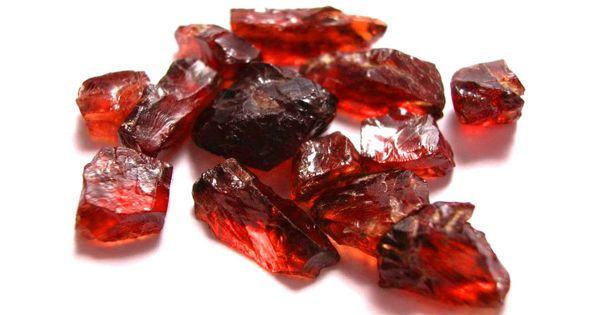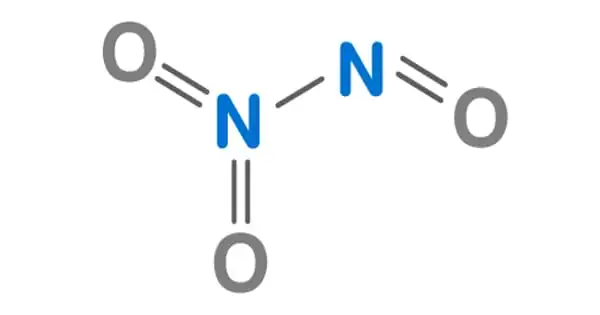Almandine is also known as almandite, is a species of mineral belonging to the garnet group. It is also a popular gemstone and the most widely used Garnet in the gem trade. The name is a corruption of alabandite, which is the name applied by Pliny the Elder to a stone found or worked at Alabanda, a town in Caria in Asia Minor. It is usually found mixed with both pyrope and spessartine.
Almandine is the iron aluminum garnet. Magnesium can substitute for the iron and become more like pyrope, the magnesium-aluminum garnet.
Almandine is one end-member of a mineral solid solution series, with the other end member being the garnet pyrope. The almandine crystal formula is – Fe3Al2(SiO)3. Magnesium substitutes for iron with an increasingly pyrope-rich composition.
General Information
- Formula: Fe32+Al2(SiO4)3
- Colour: Deep red, brownish red, red-violet, black
- Hardness: 7 – 7½
- Specific Gravity: 4.318
- Crystal System: Isometric

Properties
Almandine is an iron alumina garnet, of deep red color, inclining to purple. It is often embedded in mica schist and forms very nice matrix pieces with perfectly formed symmetrical crystals. It is frequently cut with a convex face, or en cabochon, and is then known as a carbuncle.
- Lustre: Vitreous, Resinous
- Transparency: Transparent, Translucent
- Comment: may be sectored
- Streak: White
- Hardness: 7 – 7½ on Mohs scale
- Tenacity: Brittle
- Fracture: Sub-Conchoidal
- Density: 4.318 g/cm3 (Measured) and 4.313 g/cm3 (Calculated)
Occurrences
Almandine occurs rather abundantly in the gem-gravels of Sri Lanka, whence it has sometimes been called Ceylon-ruby. It occurs in metamorphic rocks, where its presence indicates the grade of metamorphism. When the color inclines to a violet tint, the stone is often called Syriam garnet, a name said to be taken from Syriam, an ancient town of Pegu (now part of Myanmar). It also occurs in granites and tonalites.
Pure almandine and pure pyrope are rare in nature and most specimens are a percentage of the two. Large deposits of fine almandine-garnets were found, some years ago, in the Northern Territory of Australia, and were at first taken for rubies and thus they were known in the trade for some time afterward as Australian rubies. Generally found in schist and gneiss that formed from regionally metamorphosed argillaceous sediment and pelites, but can also be found in contact metamorphic hornfels, granites, eclogites, sedimentary rock, and as a detrital mineral.
Information Source:
















